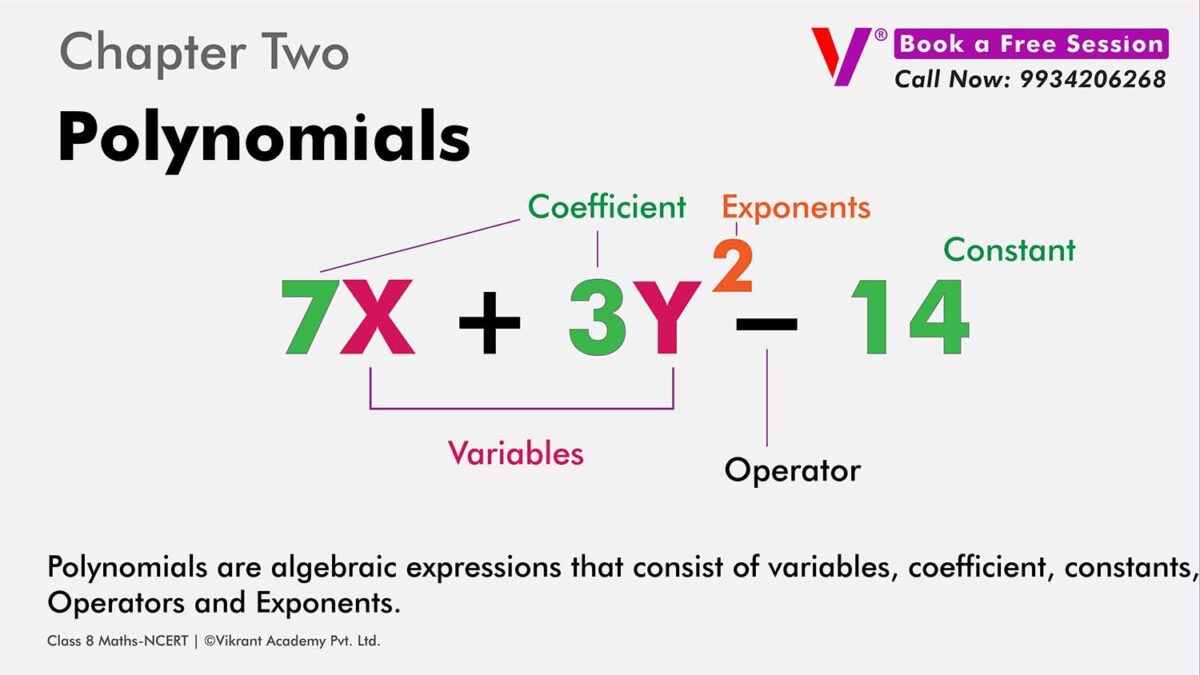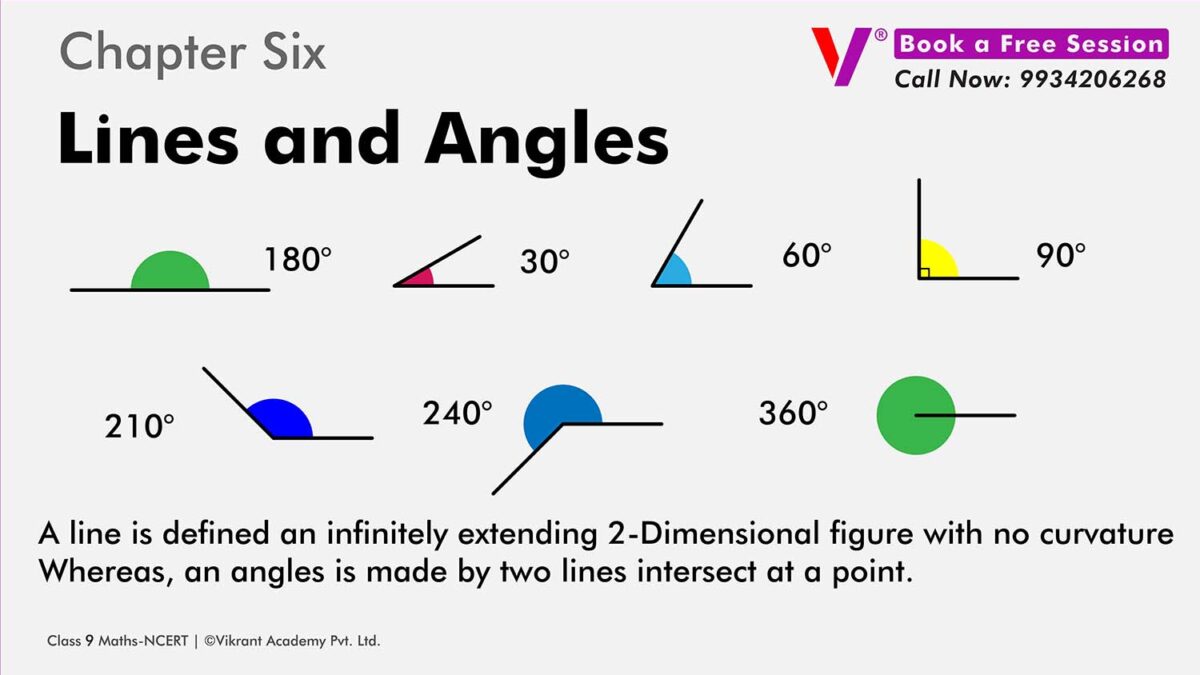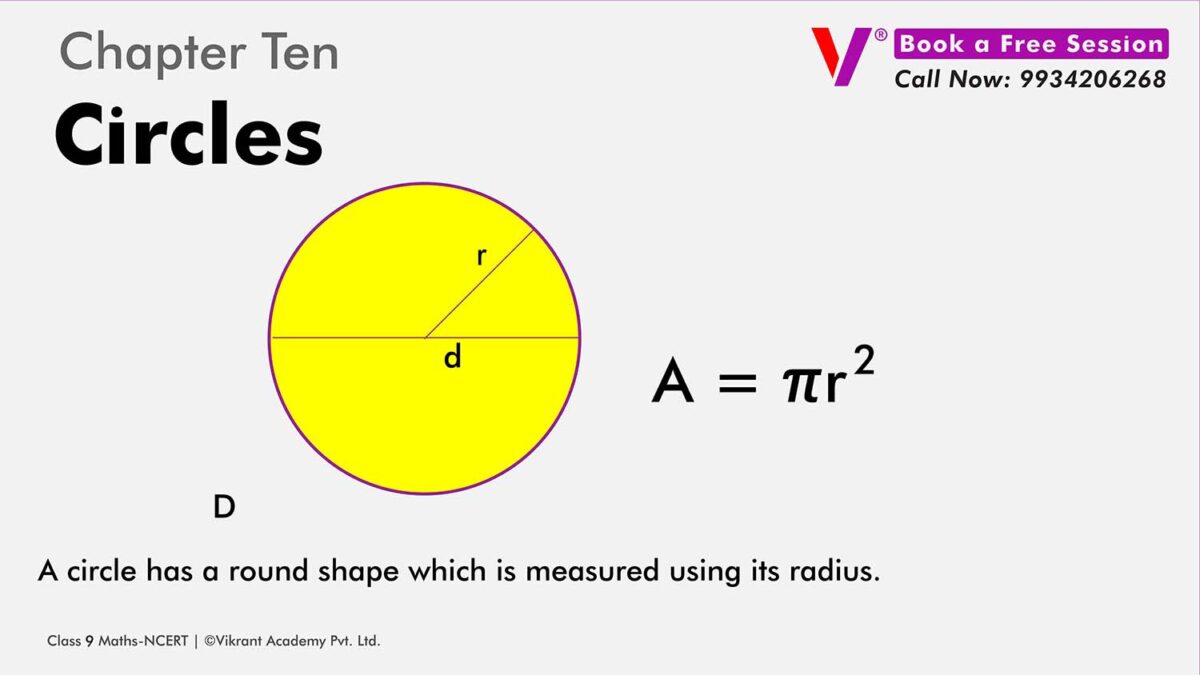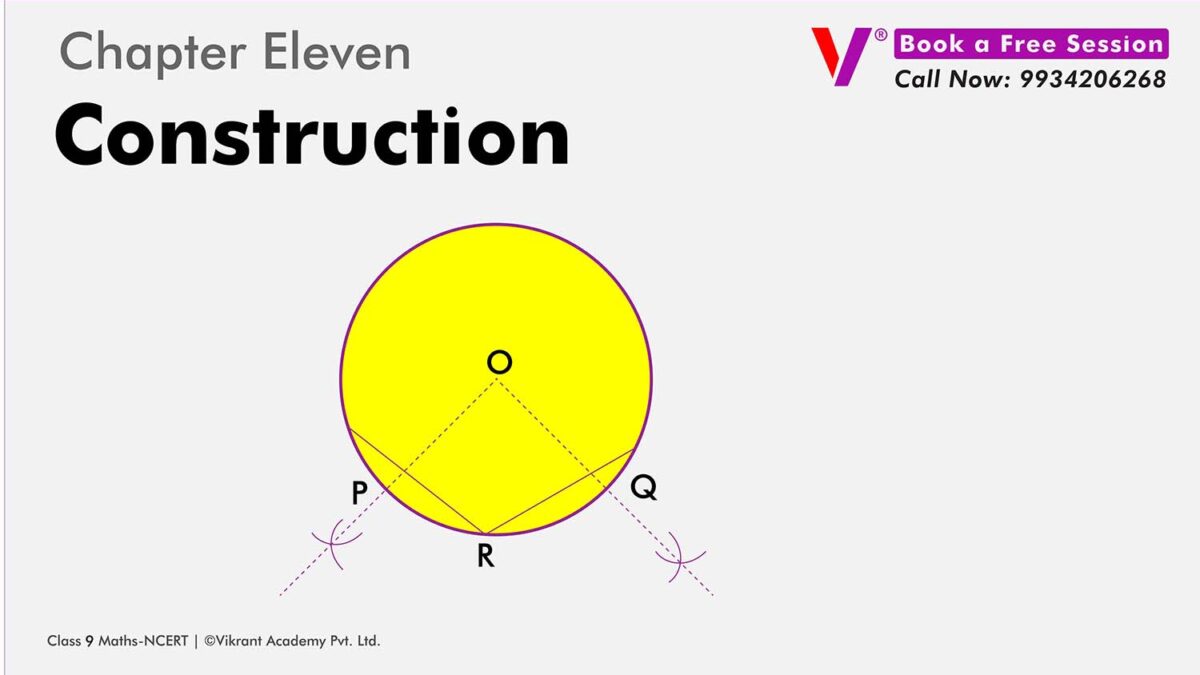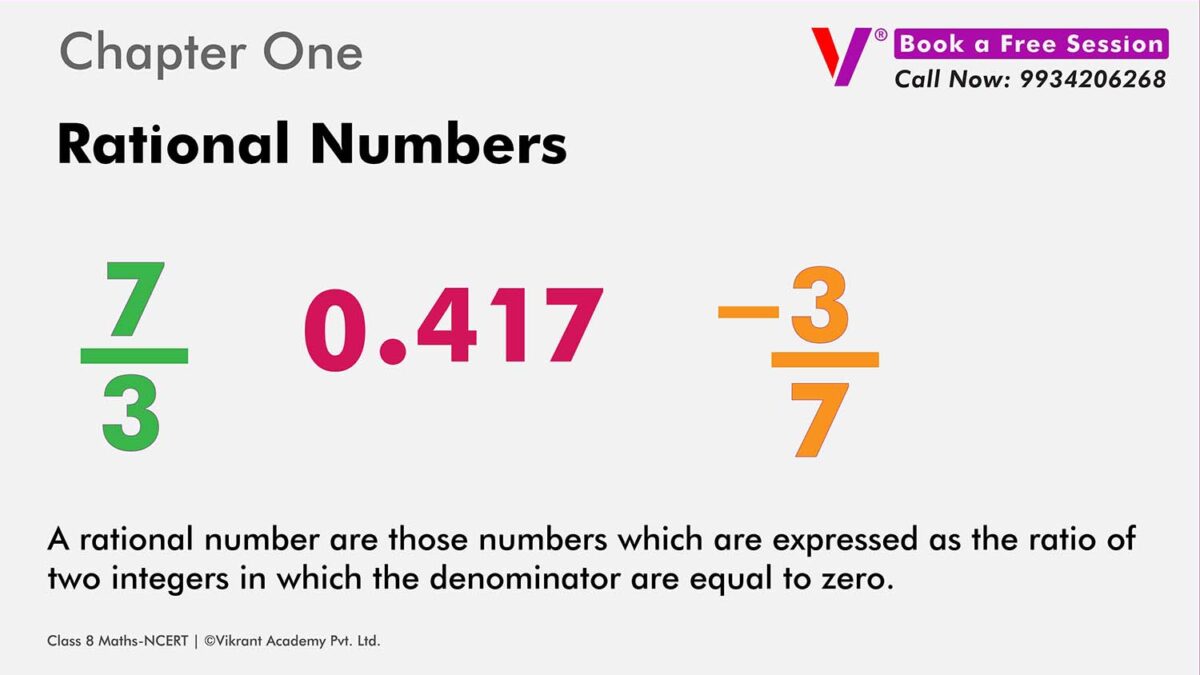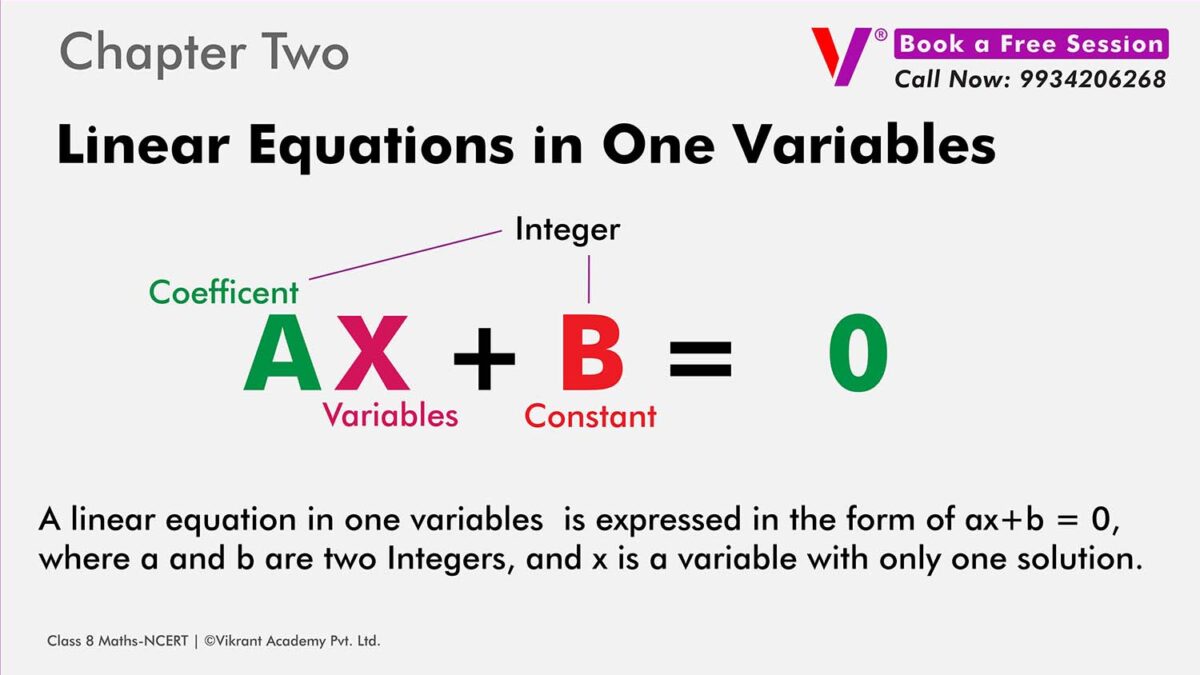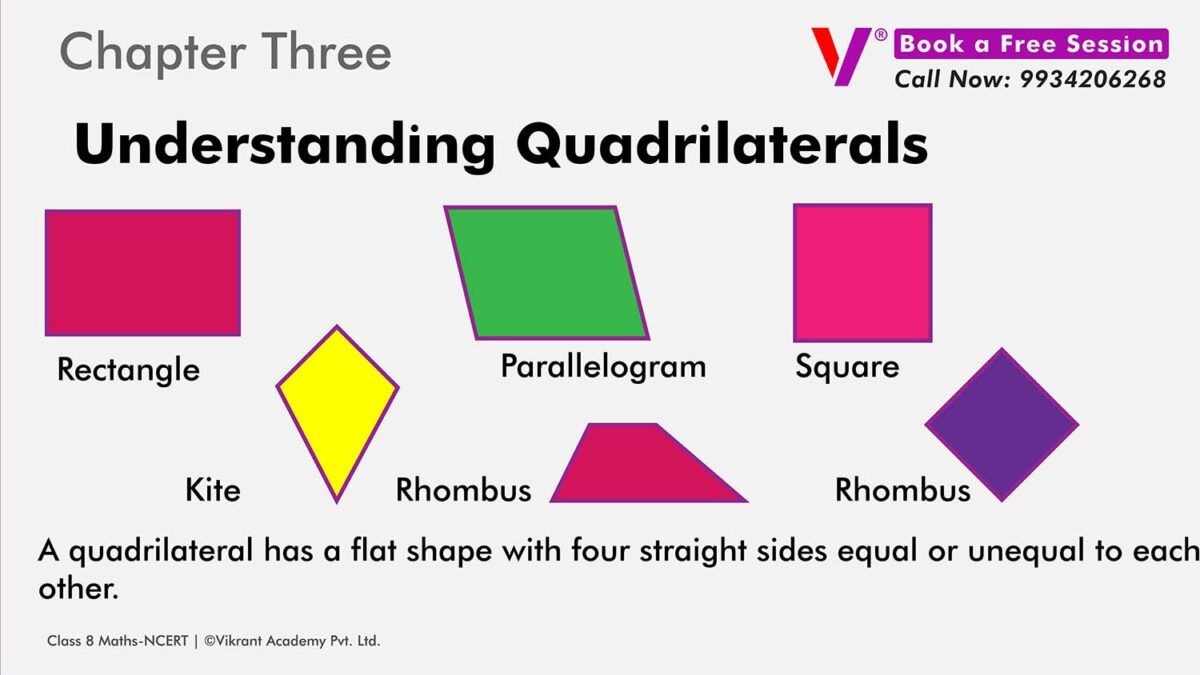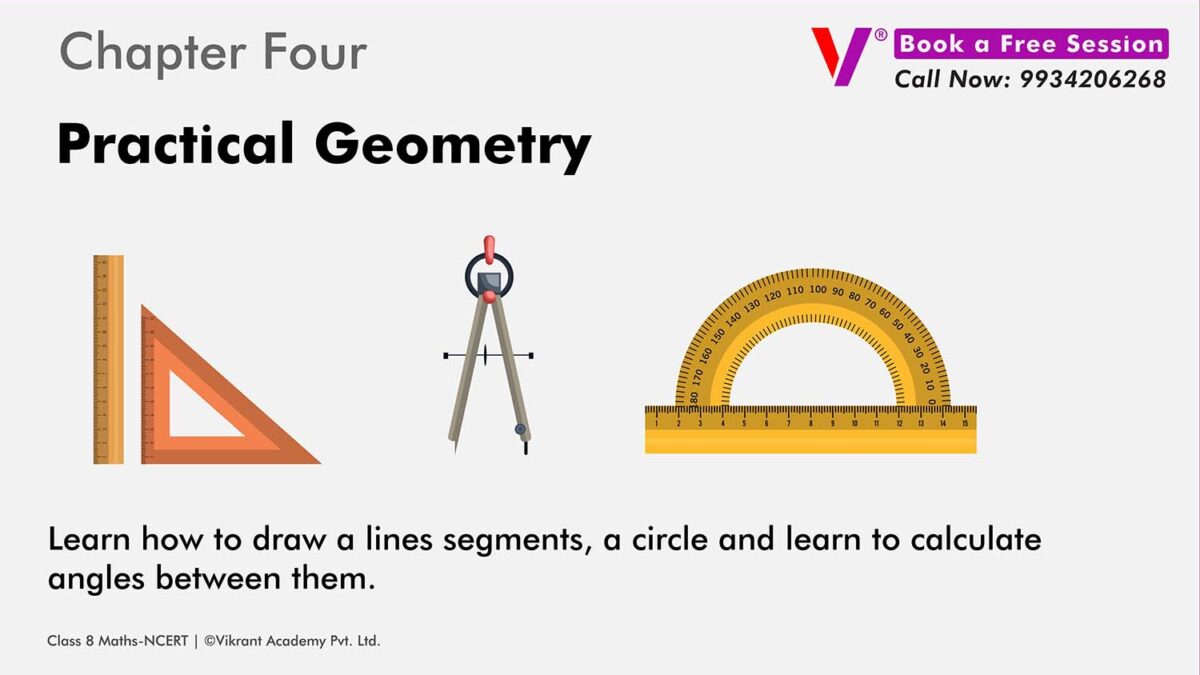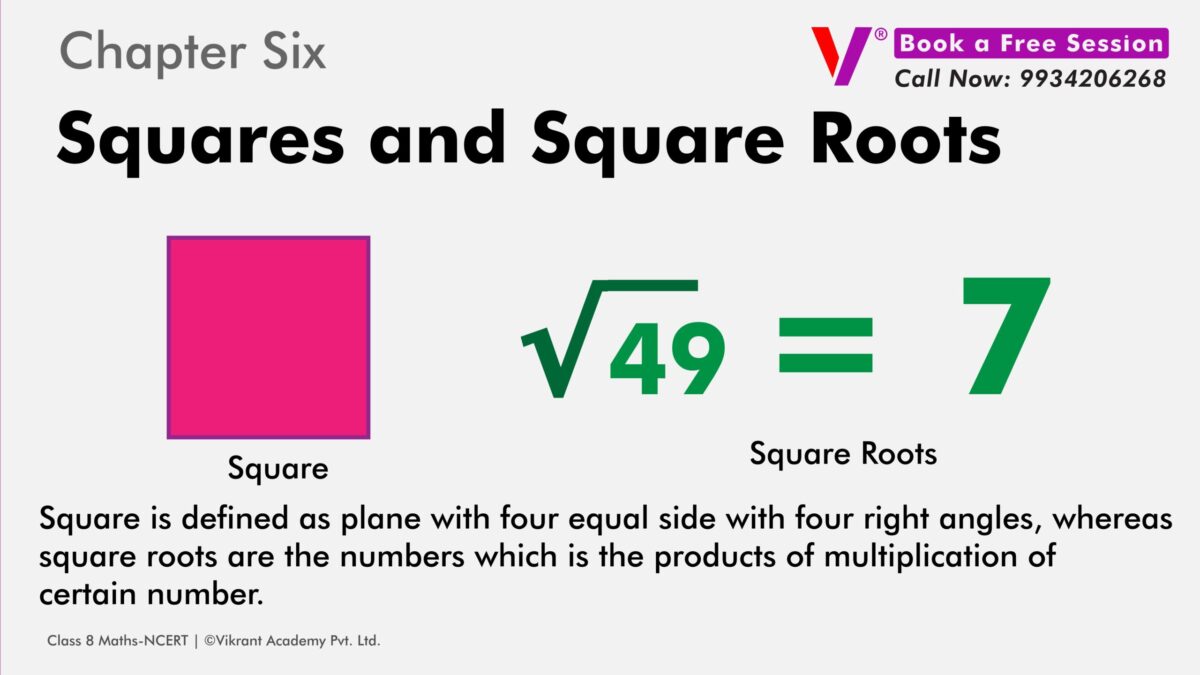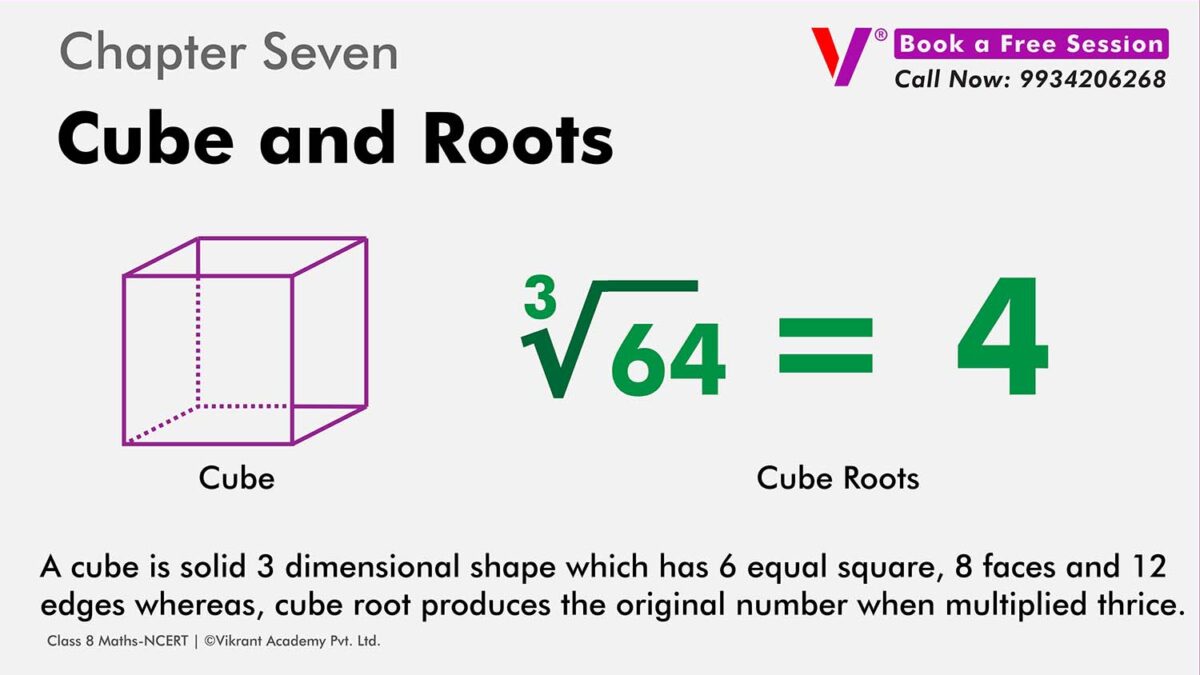Exercise 2.1 1. Which of the following expressions are polynomials in one variable and which are not? State reasons for your answer. (i) 4×2–3x+7 Solution: The equation 4×2–3x+7 can be written as 4×2–3×1+7×0 Since x is the only variable…
Our Blogs
Here's What Happening in The
World of Learning
Our Blogs
Here's What Happening in The
World of Learning
Chapter – 6: Lines and Angles
Exercise: 6.1 1. In Fig. 6.13, lines AB and CD intersect at O. If ∠AOC +∠BOE = 70° and ∠BOD = 40°, find ∠BOE and reflex ∠COE. Solution: From the diagram, we have (∠AOC +∠BOE +∠COE) and…
Chapter – 10: Circles
Exercise: 10.1 1. Fill in the blanks: (i) The centre of a circle lies in ____________ of the circle. (exterior/ interior) (ii) A point, whose distance from the centre of a circle is greater than its radius…
Chapter – 11: Constructions
Exercise 11.1 1. Construct an angle of 90° at the initial point of a given ray and justify the construction. Construction Procedure: To construct an angle 90°, follow the given steps: 1. Draw a ray OA 2….
Chapter – 1: Rational Number
Exercise 1.1 1. Using appropriate properties find. (i) -2/3 × 3/5 + 5/2 – 3/5 × 1/6 Solution: – -2/3 × 3/5 + 5/2 – 3/5 × 1/6 = -2/3 × 3/5– 3/5 × 1/6+ 5/2 =…
Chapter – 2: Linear Equations in One Variable
Exercise 2.1 Solve the following equations. 1. x – 2 = 7 Solution: – x – 2 = 7 x=7+2 x=9 2. y + 3 = 10 Solution: – y + 3 = 10 y = 10…
Chapter – 3: Understanding Quadrilaterals
Exercise 3.1 1. Given here are some figures. Classify each of them on the basis of the following. Simple curve (b) Simple closed curve (c) Polygon (d) Convex polygon (e) Concave polygon Solution: – a) Simple curve:…
Chapter – 4: Practical Geometry
Exercise 4.1 1. Construct the following quadrilaterals. (i) Quadrilateral ABCD AB = 4.5 cm BC = 5.5 cm CD = 4 cm AD = 6 cm AC = 7 cm Solution: – The rough sketch of the…
Chapter – 5: Data Handling
Exercise 5.1 1. For which of these would you use a histogram to show the data? (a) The number of letters for different areas in a postman’s bag. (b) The height of competitors in an athletics meet….
Chapter – 6: Squares and Square Roots
Exercise 6.1 1. What will be the unit digit of the squares of the following numbers? i. 81 ii. 272 iii. 799 iv. 3853 v. 1234 vi. 26387 vii. 52698 viii. 99880 ix. 12796 x. 55555 Solution:…
Chapter – 7: Cube and Roots
Exercise 7.1 1. Which of the following numbers are not perfect cubes? (i) 216 Solution: – By resolving 216 into prime factor, 216 = 2×2×2×3×3×3 By grouping the factors in triplets of equal factors, 216 = (2×2×2)×(3×3×3)…
